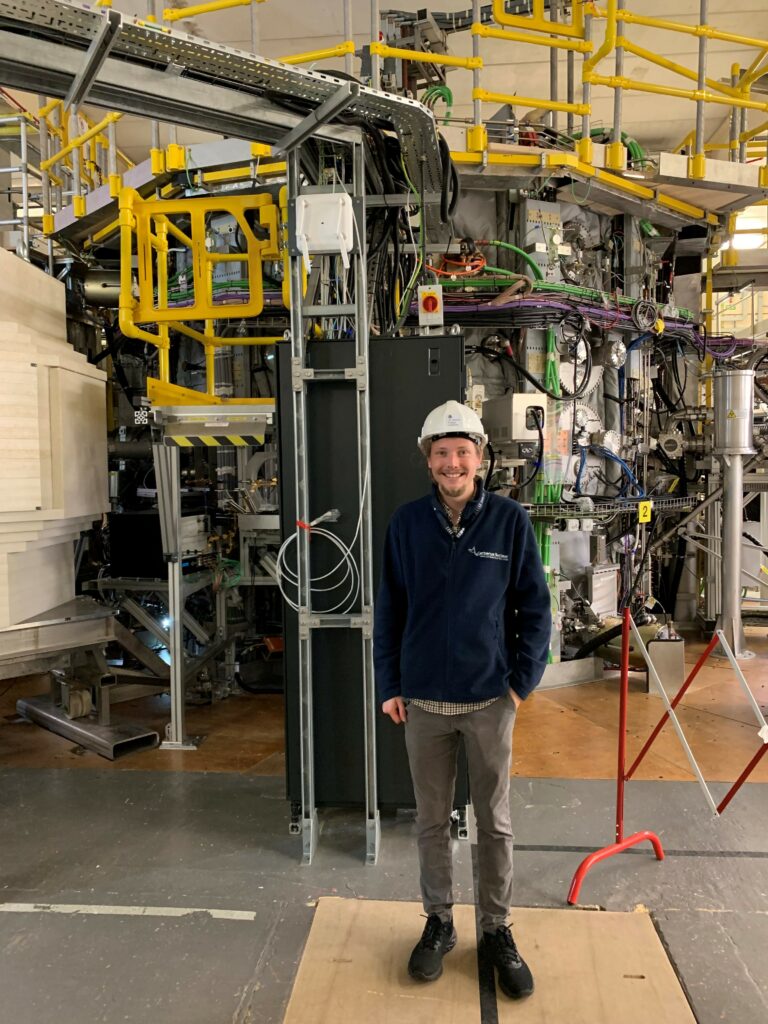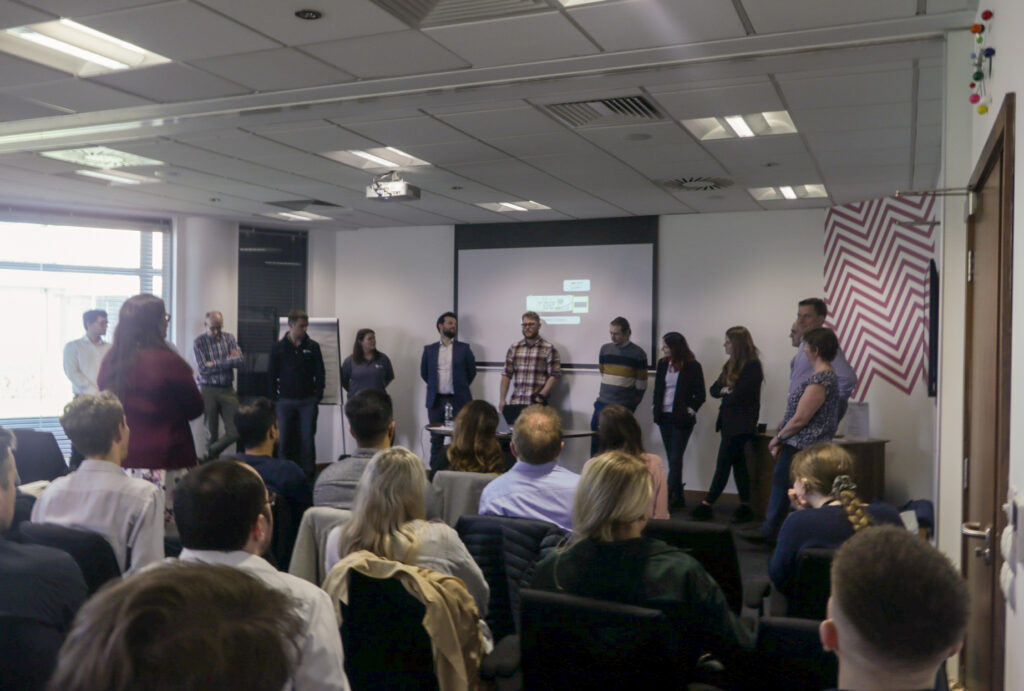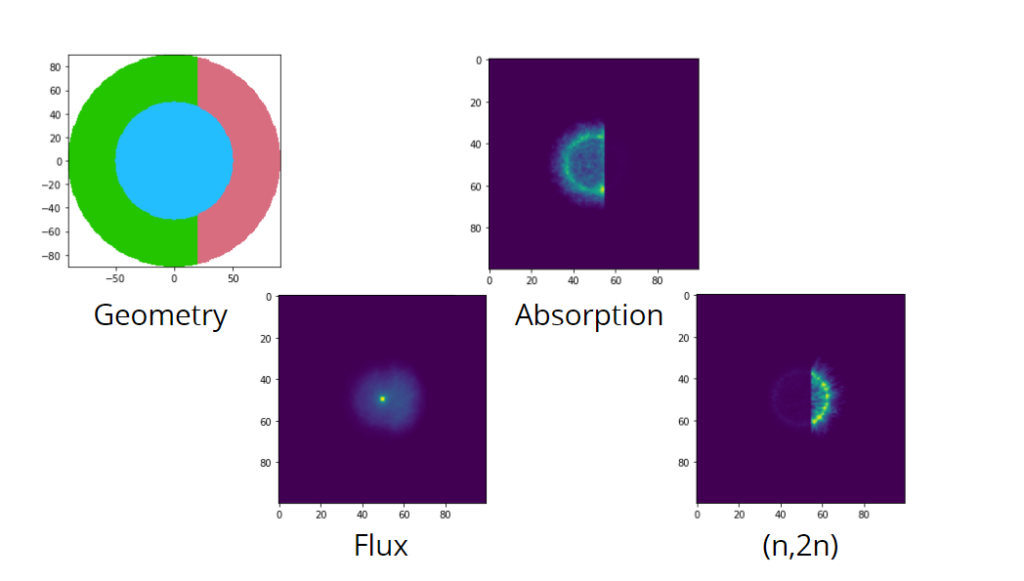Mental Health First Aid Training
Emily, Sam and Tom recently attended a Mental Health First Aid in the Workplace training course, delivered by St John Ambulance. The course was based at St John Ambulance in Liverpool, and it covered how to create an awareness of mental health in the workplace, how to spot the signs and symptoms of different mental health conditions, and how to respond to a mental health crisis amongst other things. The course was delivered by Netty, who kept the group engaged throughout and created a relaxed and open environment.
The two-day course included putting the training to the test in practical exercises. The group was split into different roles, with one person being a person requiring first aid, and the other being the first aider. The exercises were intended to give the trainees an opportunity to put their new skills to the test in a real environment, with scenarios ranging from someone who has taken on too much work and is worried they can’t cope, to someone who is experiencing a mental health crisis in the workplace.
Finally the team sat two exams. We are delighted that all three Cerberus team members passed their Level 2 and Level 3 exams, and are now qualified mental health first aiders. We would like to thank St John Ambulance and the amazing Netty for delivering a great course!
Since attending, Emily, Sam and Tom have been planning how to improve the mental health awareness at Cerberus Nuclear, including writing a mental health policy, as well as planning improvements to the Business Management System.

















